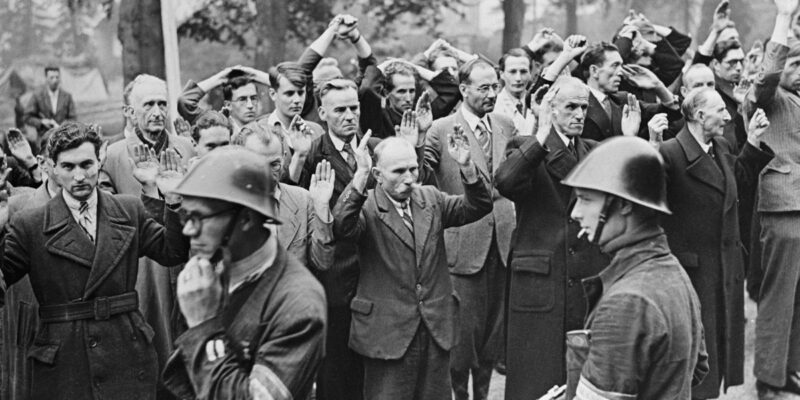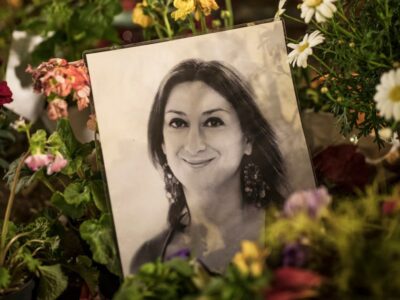
It has long been a source of shame as much as curiosity.
Now, some 80 years later, the names of those suspected of collaborating with the Nazis have been made public in the Netherlands as the country goes to new lengths to document the extent of its complicity in the horrors perpetrated by the Third Reich.
In the country where teenage diarist Anne Frank is the most famous victim of the Holocaust, a historical research group funded by the Dutch government has for the first time published a list of nearly half a million people suspected of collaboration during World War II, after a law prohibiting its release expired on New Year’s Day.
The Huygens Institute’s “War in Court” project, which received an $18.5 million (18 million euros) grant from the three Dutch ministries that govern education, health and justice, has made public a digital archive that includes a list of 425,000 mostly Dutch people who were investigated for collaborating with the Netherlands’ Nazi occupiers.
The archive is “an extraordinary resource, and one that is very timely in terms of the Dutch debates about World War II and levels of collaboration,” said Dan Stone, a professor of modern history at Royal Holloway, University of London.
“At the very least, it shows that huge numbers of people were accused of collaborating with the Nazi occupier,” Stone told NBC News by email. “And the fact that relatively few were imprisoned probably tells us as much about postwar Dutch society as it does about the wartime facts.”
Of those in the database, only a fifth ever appeared in court, with most cases concerning more minor offenses such as membership in the Nazi party, Reuters reported. According to the Dutch central statistics bureau, in 1939 — the year World War II broke out — the country’s population was 8.7 million. That would make just under 5% of the country suspected collaborators.
Germany invaded the Netherlands in 1940 and occupied the country until the allied liberation in 1945.
During that period, more than 100,000 Dutch Jews — around three-quarters of those in the country — were killed in the Holocaust, with approximately 6 million Jews murdered overall alongside the Nazis’ political opponents and members of other groups declared to be inferior, such as Roma and LGBTQ people.















